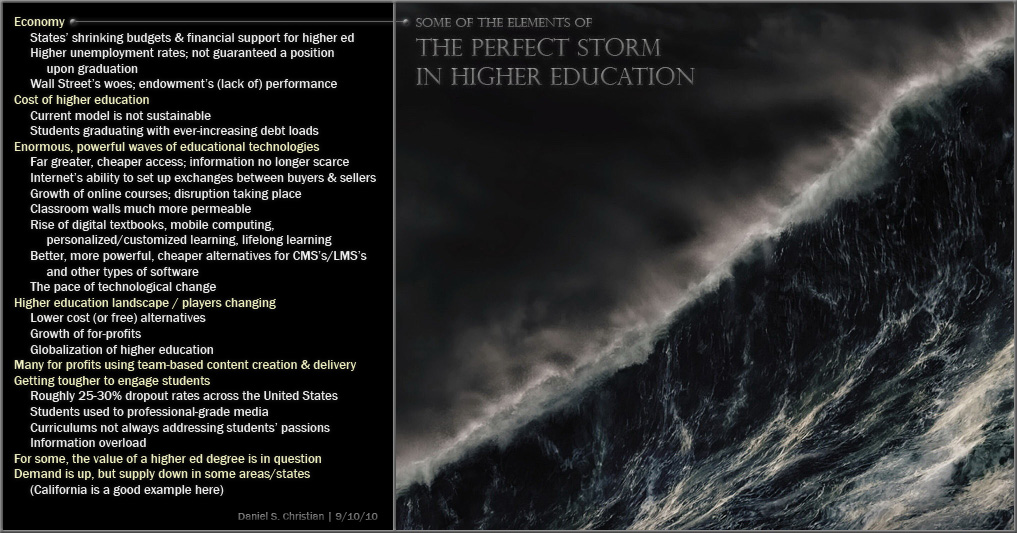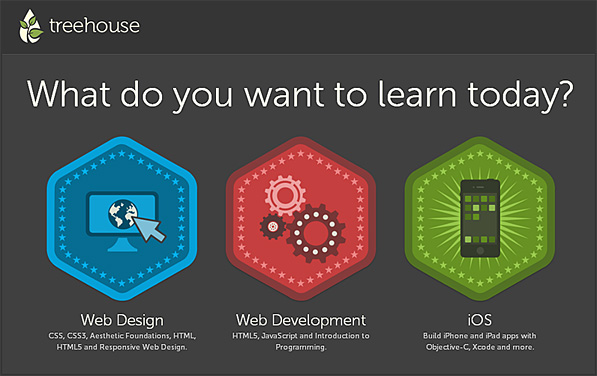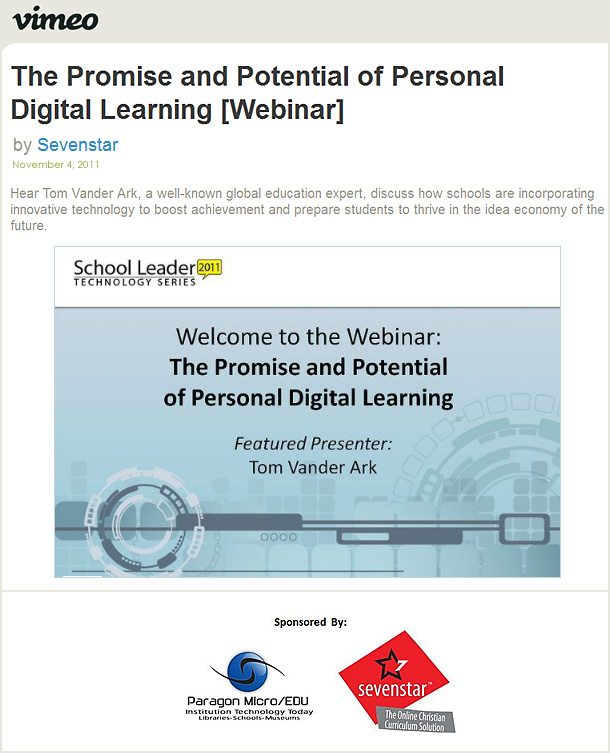Stormy waters ahead as ‘disruptive forces’ sweep the old guard — from timeshighereducation.co.uk by Sarah Cunnane
Online education will turn the academy inside out, argue US authors.
Excerpt:
Graduation rates in the US have fallen, and states have slashed funding for higher education. As a result, public universities have raised tuition fees, and many are struggling to stay afloat during the recession. But two authors working in the US higher education sector claim that the academy has a bigger battle on the horizon: the “disruptive innovation” ushered in by online education.
This disruption, they say, will force down costs, lure prospective students away from traditional “core” universities, transform the way academics work, and spell the end for the traditional scholarly calendar based around face-to-face teaching.
Clayton M. Christensen, the Kim B. Clark professor of business administration at Harvard Business School, and Henry J. Eyring, advancement vice-president at Brigham Young University-Idaho, outline their ideas in The Innovative University: Changing the DNA of Higher Education from the Inside Out.
.

Also see:


























 “I finally cracked it,” Steve Jobs told his biographer Walter Isaacson just months before his death. He was referring to the design and functionality of television, something Jobs had long wanted his company to reimagine.
“I finally cracked it,” Steve Jobs told his biographer Walter Isaacson just months before his death. He was referring to the design and functionality of television, something Jobs had long wanted his company to reimagine.

